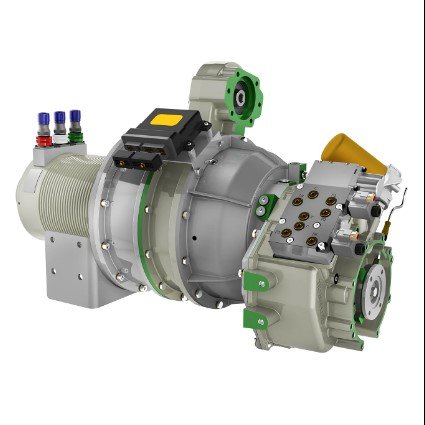
In the realm of boating, innovation is a constant force driving change. As concerns for environmental sustainability grow and technology advances, the boating industry is experiencing a significant shift towards electric boat parts and the quest for the lightest outboard motors. This transformative journey is not merely about embracing new trends; it’s about redefining the very essence of boating – making it more efficient, eco-friendly, and enjoyable for enthusiasts worldwide.
Electric boat parts represent a pivotal advancement in marine technology. Gone are the days when boating meant solely relying on fossil fuels, contributing to pollution, and harming aquatic ecosystems. The transition to electric propulsion systems has brought about a paradigm shift in the way boats operate. By harnessing the power of electricity, boaters can now navigate the waters with minimal environmental impact.
One of the most significant developments in electric boat parts is the emergence of electric outboard motors. These motors, powered by rechargeable batteries, offer a clean and silent alternative to traditional gasoline engines. They eliminate harmful emissions, reduce noise pollution, and provide a smoother, more efficient boating experience.
Moreover, electric outboard motors are renowned for their versatility and ease of use. Unlike their conventional counterparts, which require frequent maintenance and consume copious amounts of fuel, electric motors are low-maintenance and cost-effective in the long run. This makes them an attractive option for both recreational boaters and commercial operators alike.
In the pursuit of efficiency and sustainability, another key trend has emerged: the quest for the lightest outboard motor. Manufacturers are constantly pushing the boundaries of engineering to develop outboard motors that are not only powerful but also lightweight. The rationale behind this endeavor is simple yet profound: lighter motors translate to improved fuel efficiency, enhanced maneuverability, and reduced environmental footprint.
Advancements in lightweight materials, such as carbon fiber and aluminum alloys, have played a crucial role in the development of ultra-light outboard motors. These materials offer exceptional strength-to-weight ratios, allowing engineers to design motors that are both durable and lightweight. As a result, boaters can enjoy increased speed and agility without compromising on performance or reliability.
Furthermore, the quest for the lightest outboard motor has spurred innovation in design and manufacturing processes. From streamlined casings to efficient cooling systems, every aspect of motor design is meticulously optimized to minimize weight while maximizing performance. This relentless pursuit of perfection has led to the creation of outboard motors that defy conventional limitations and set new standards for excellence.
The benefits of electric boat parts and lightweight outboard motors extend far beyond performance and efficiency. They also contribute to the preservation of our planet’s delicate ecosystems. By reducing reliance on fossil fuels and minimizing carbon emissions, electric propulsion systems help mitigate the adverse effects of climate change and protect marine habitats for future generations.
Moreover, the adoption of electric propulsion technology is driving a cultural shift within the boating community. As more boaters embrace sustainable practices, a sense of stewardship and environmental responsibility permeates through the industry. From eco-friendly marinas to clean energy initiatives, the boating community is leading by example and inspiring others to follow suit.
However, the journey towards widespread adoption of electric boat parts and lightweight outboard motors is not without its challenges. One of the primary obstacles is the perception of cost and accessibility. While electric propulsion systems offer long-term savings in terms of fuel and maintenance, the initial investment can be daunting for some boaters. Additionally, the availability of charging infrastructure and support services remains a concern in certain regions.
To overcome these challenges, stakeholders across the boating industry must collaborate to promote innovation, affordability, and accessibility. This entails investing in research and development, expanding infrastructure for electric charging, and providing incentives for boaters to transition to sustainable technologies. By working together, we can accelerate the transition towards a greener, more sustainable future for boating.
Conclusion
the era of electric boat parts and the quest for the lightest outboard motors heralds a new chapter in the evolution of boating. With innovation as our compass and sustainability as our guiding principle, we have the opportunity to reshape the way we interact with our oceans, rivers, and lakes. By embracing electric propulsion systems and lightweight technology, we can embark on a journey towards cleaner, quieter, and more enjoyable boating experiences for generations to come.



